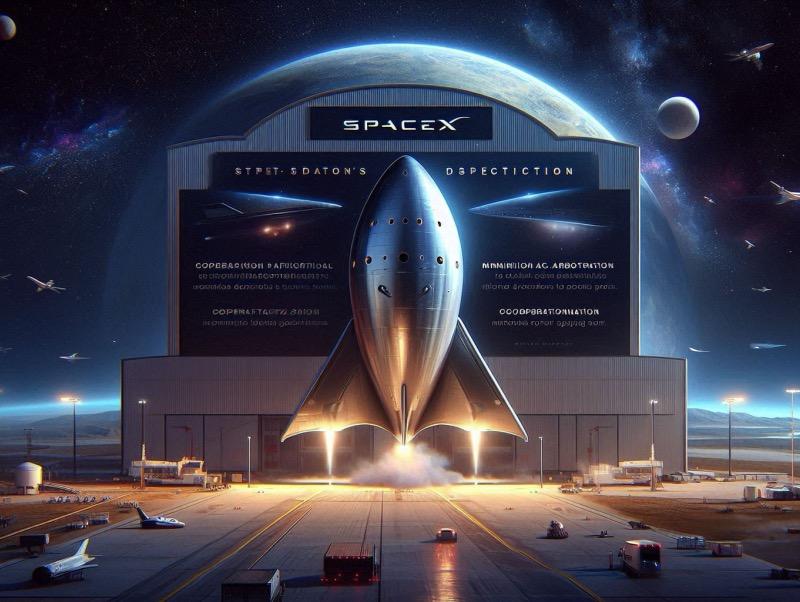SpaceX is preparing for its upcoming Starship Flight 11 test, while proactively addressing concerns regarding airspace integration. The launch is slated for October 13th at 7:15 p.m. Eastern time from the company’s Starbase facility in South Texas. SpaceX announced via social media on October 12th that weather conditions offer an 80% likelihood of being favorable for the launch.
This mission will mirror the Flight 10 suborbital test from August. Planned objectives include deploying mass simulators of next-generation Starlink satellites and conducting a relight of a single Raptor engine while Starship is in space. Further tests are scheduled for the vehicle’s thermal protection system, alongside a "dynamic banking maneuver" before its anticipated splashdown in the Indian Ocean, similar to maneuvers planned for later Starbase return flights.
The Super Heavy booster, first used during Flight 8 in March and featuring 24 previously flown Raptor engines, will be utilized for Flight 11. SpaceX intends to use the booster to evaluate different engine configurations during its return to Starbase, although it will intentionally splash down offshore this time. This marks the final flight of the version 2 Starship, which experienced issues in its initial three launches earlier in the year, prior to successfully completing its mission during the August flight. An upgraded, more powerful version 3 is anticipated to debut potentially before year’s end.
SpaceX emphasizes on its website that the launch’s impact on air traffic will be limited, building on experiences from Flight 10 in August. "SpaceX works closely with the FAA and international air traffic organizations to efficiently and safely integrate all launch and reentry operations into the airspace," the company stated. "During Starship Flight 10, the FAA reopened all affected airspace within nine minutes, with some portions reopening within seven minutes, and there was no meaningful disruption to air traffic."
This emphasis comes as the company faces challenges regarding Starship launches from Florida. Separate environmental reviews are being conducted for Starship operations from Kennedy Space Center’s Launch Complex 39A and Cape Canaveral Space Force Station’s Space Launch Complex 37. A draft environmental impact statement for KSC launches, assessing the impact of 44 launches and 88 landings annually, suggests potential flight delays at major Florida airports of 40-120 minutes for launches and 40-60 minutes for landings.
"There is the potential that there is going to be significant impact to commercial aviation," said John Tiliacos, chief operating officer of Tampa International Airport, during a virtual public hearing on September 3rd concerning the draft environmental report. "That’s something that the FAA needs to give consideration to and, frankly, come up with a plan to mitigate that."
In a statement posted last month, SpaceX highlighted its commitment to minimizing launch-related disruptions to airspace and other users. "SpaceX continually works with the FAA to understand the best approaches to efficiently integrate launch and reentry operations into the National Airspace System," the company stated, noting that for Falcon launches from Florida, "many critical air travel routes around the Space Coast remain open during SpaceX rocket launches, and any localized airspace closures are released as little as three minutes after liftoff."
The company added that the large aircraft hazard areas (AHAs), included in the environmental assessment and driving the potential for delays at Florida airports for Starship launches, can be reduced over time. "The AHAs and accompanying descriptions published within the recent Launch Complex 39A draft Environmental Impact Statement are extremely conservative by nature and are intended to capture a composite of the full range of worst-case outcomes, but not any single real-world operation," the company stated. "SpaceX fully anticipates actual, implemented AHAs will be both far smaller in geographic scope and far shorter in duration, validated by the robust flight data and heritage we are building from Starbase," it added.


